Our Lead Acetate test papers are typically used to detect the presence of sulfide in water concentrations as low as 5ppm. However, as is often the case, some customers find other ways to use our strips. We received a customer inquiry about using the lead acetate test papers to detect sulfide as low as 1-3ppm. After running some experiments, we came up with a solution.
Initially, lead acetate test paper was developed just like any other strip – to be used by dipping the paper into a solution, removing and checking the color. With the dip method, the strip can detect as low as 5ppm sulfide in solution by turning a noticeable grey to black color.
Here’s how it works:
When sulfide is present in an aqueous solution or as a gas, it contacts the lead acetate to produce lead sulfide. Lead sulfide is a black participate. The white test paper darkens if lead sulfide is produced. The darkening is proportional to the level of lead sulfide produced. Thus, the higher the concentration of sulfide, the more intense the darkening of the test paper.
To push the limits of this test paper, you’ll need to modify the test method. If you wish to detect sulfide below a level of 5ppm, you will need to do so under tightly controlled conditions.
There are several ways to run this test:
- Standard: Dip the strip into a water sample containing sulfide. This method is best for more concentrated samples. Samples near or below the detection limit (5ppm) may be harder to distinguish from blanks. For lower limits, try the method below.
- Place a drop of solution on the test paper. This is the best way to detect low levels of sulfide. The spot of the drop tends to concentrate the lead sulfide at the edges of the drop, making the darkening easier to observe.
- Air sampling is possible by moistening the strip with water and exposing the strip to air suspected of containing hydrogen sulfide. The level of darkening will depend on the rate of air flow, the length of time the paper is exposed, and the level of hydrogen sulfide present. Care should be taken to understand the implications of these variables in determining the ppm level of the sulfide present.
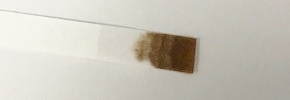
250ppm Sulfide
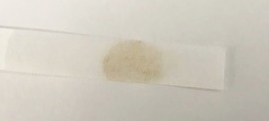
5ppm Sulfide
When trying to detect lower limits of sulfide, method 2 is best. We would even suggest putting a drop of the test solution at one end of the strip and a drop of distilled or deionized water at the other end of the strip to compare and help verify the presence of lead sulfide precipitate in the test sample. The darkening can be very faint at low levels, so it’s best to run checks like this to be sure your eyes aren’t playing tricks on you.
Just remember, if you are trying to use our test strips beyond their standard use, it is best to verify the method and run checks. We can sometimes assist with experiments of our own, but we cannot always duplicate what customers are trying to do. Sometimes, we find that strips have other uses, but that is not always the case.


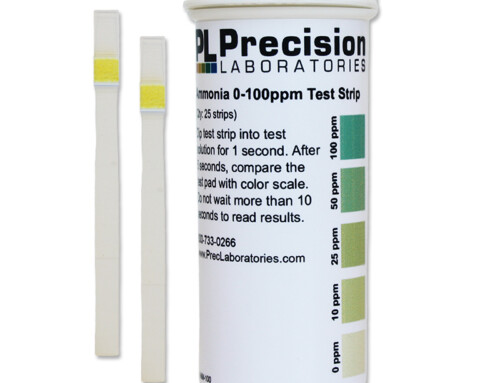
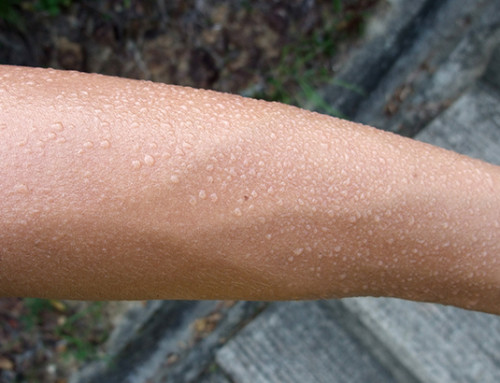

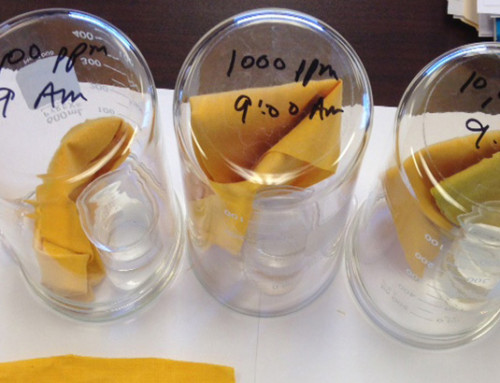
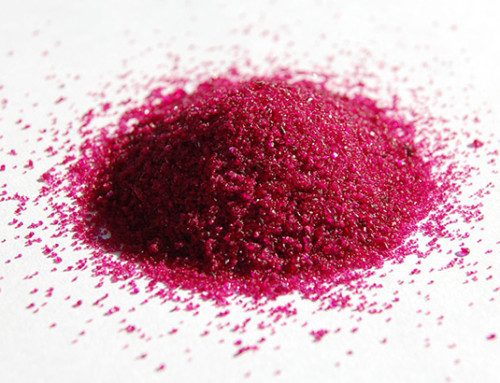
Leave A Comment